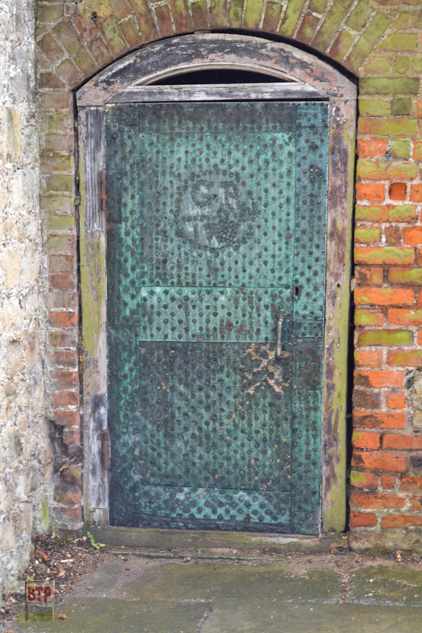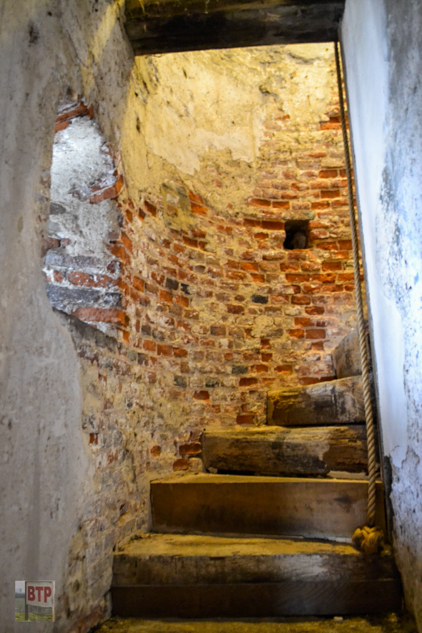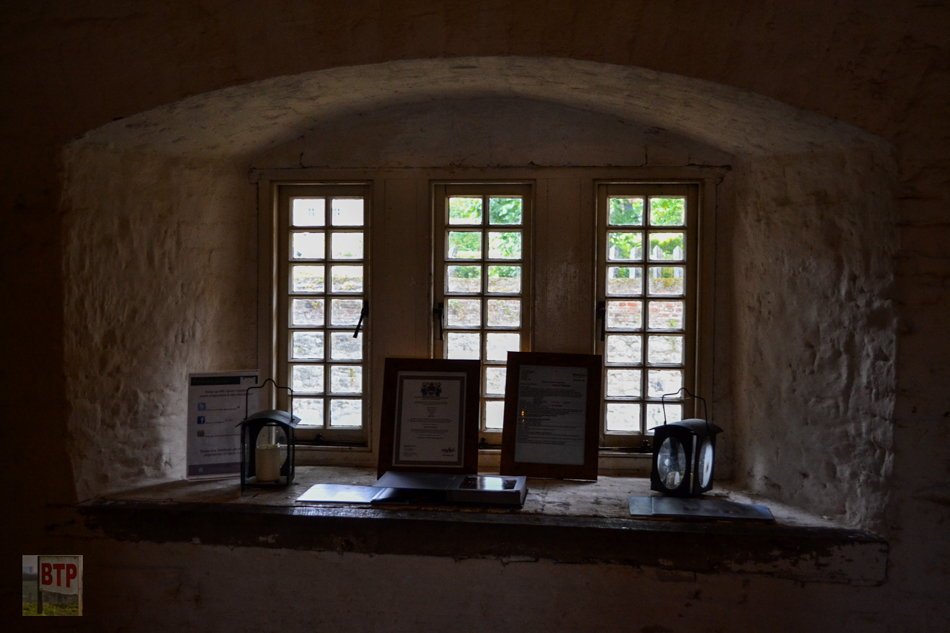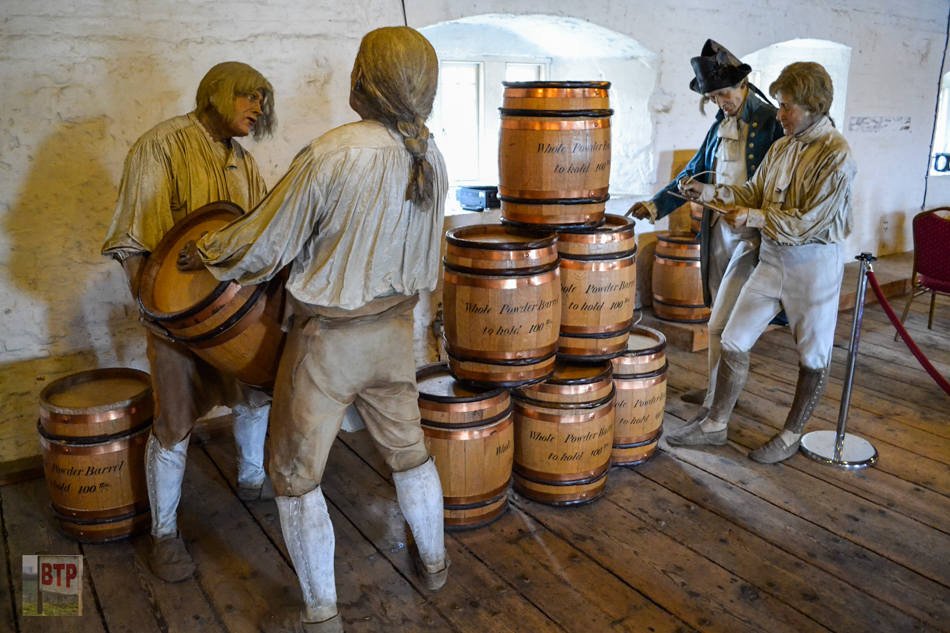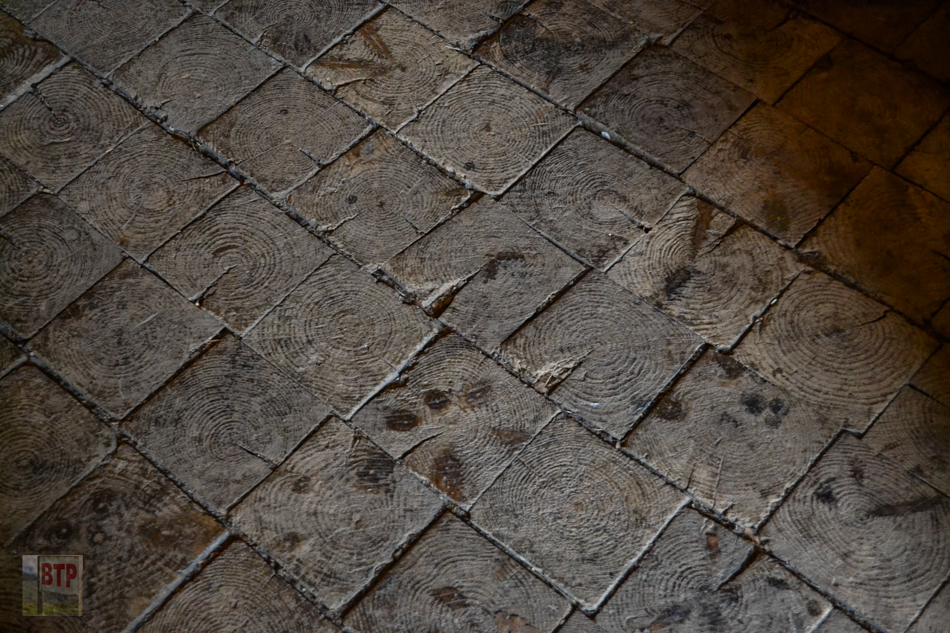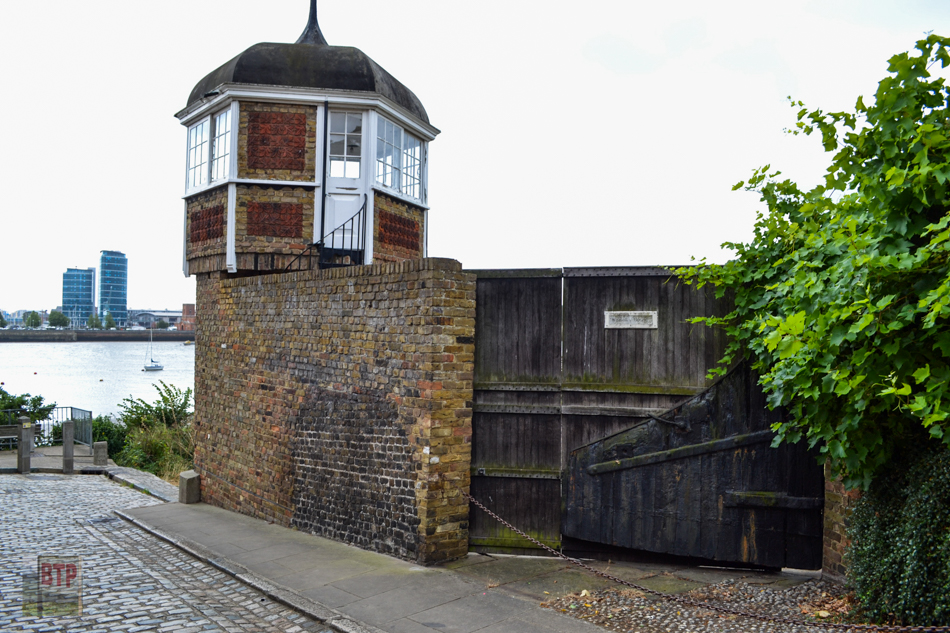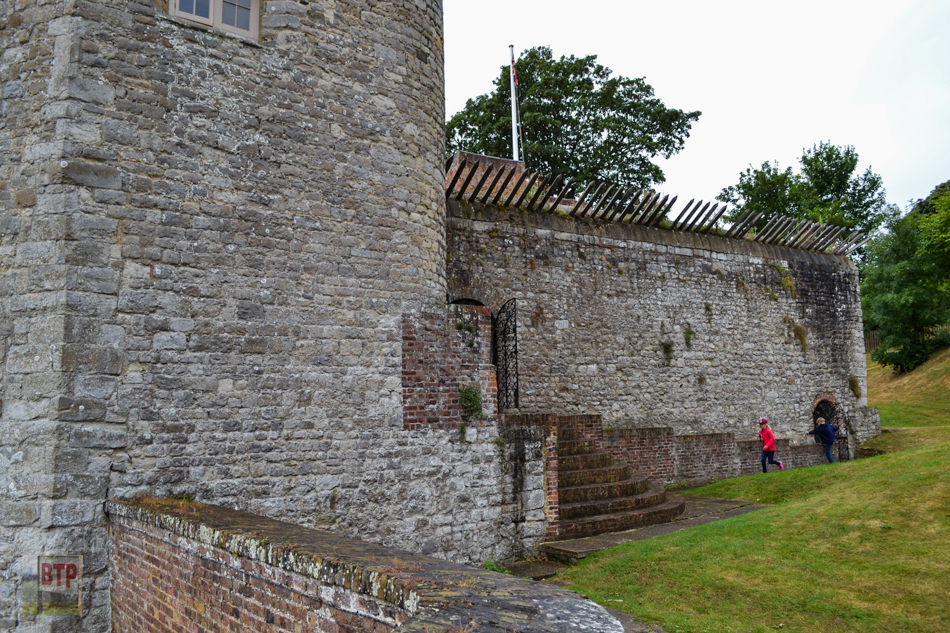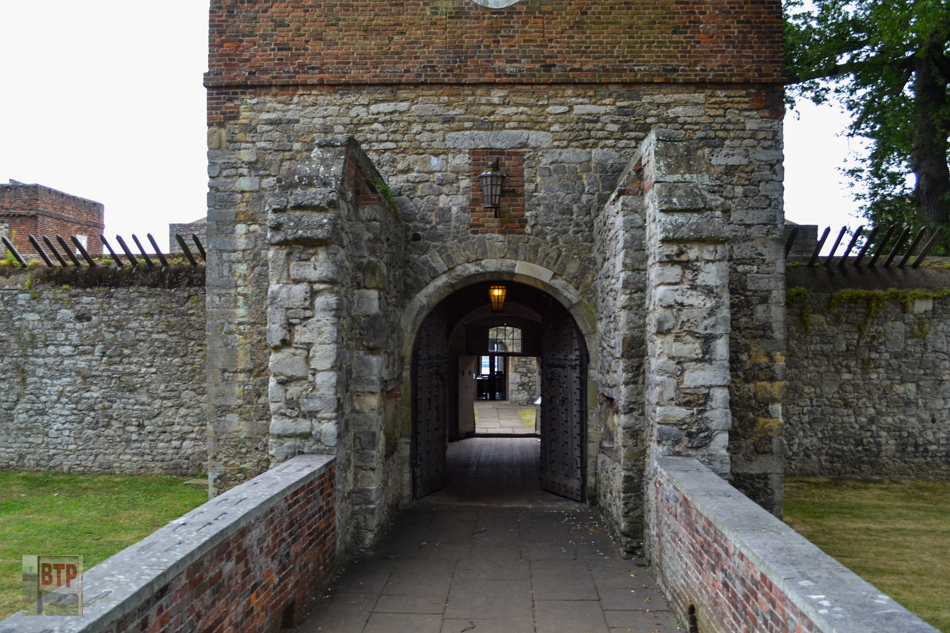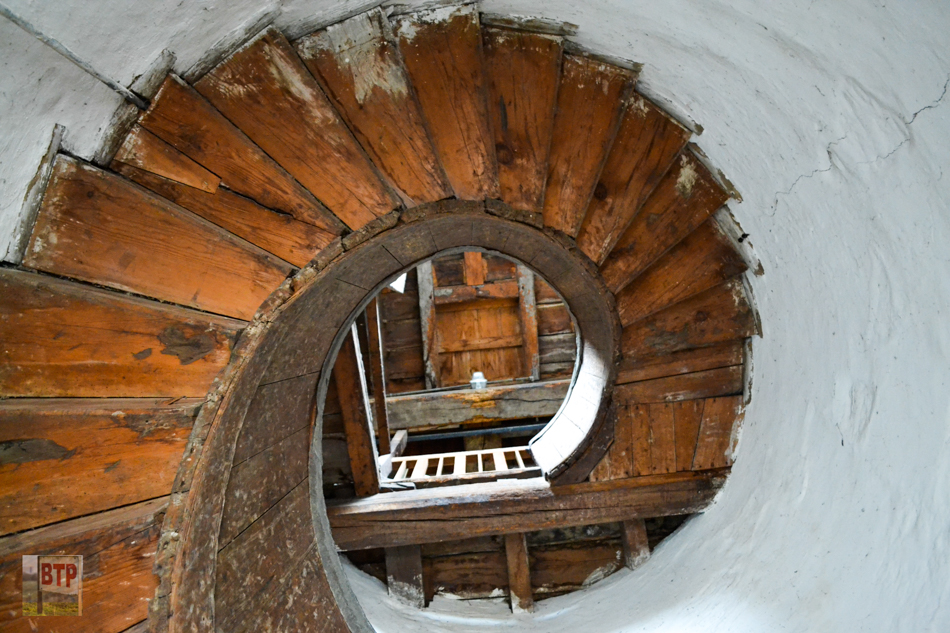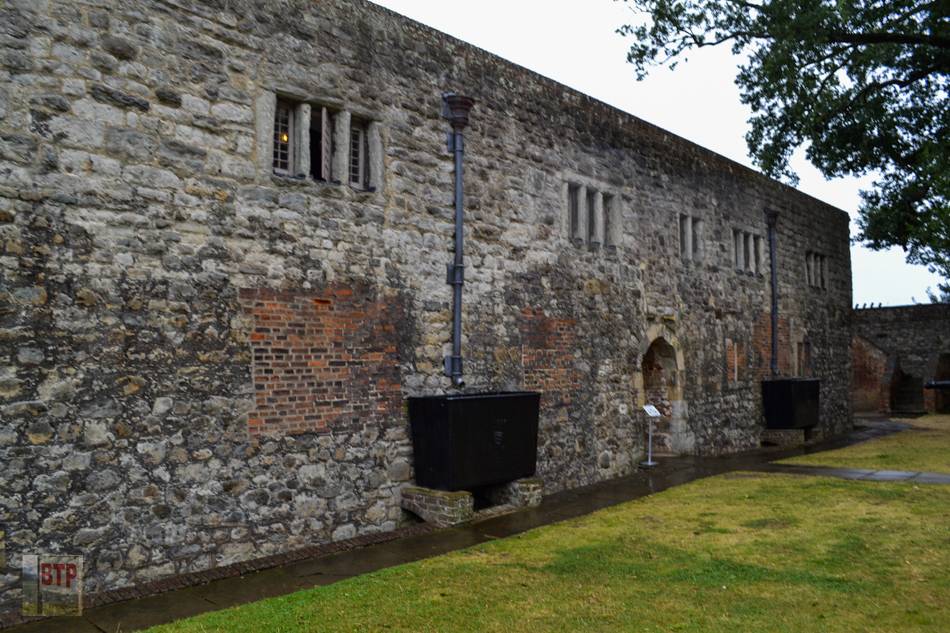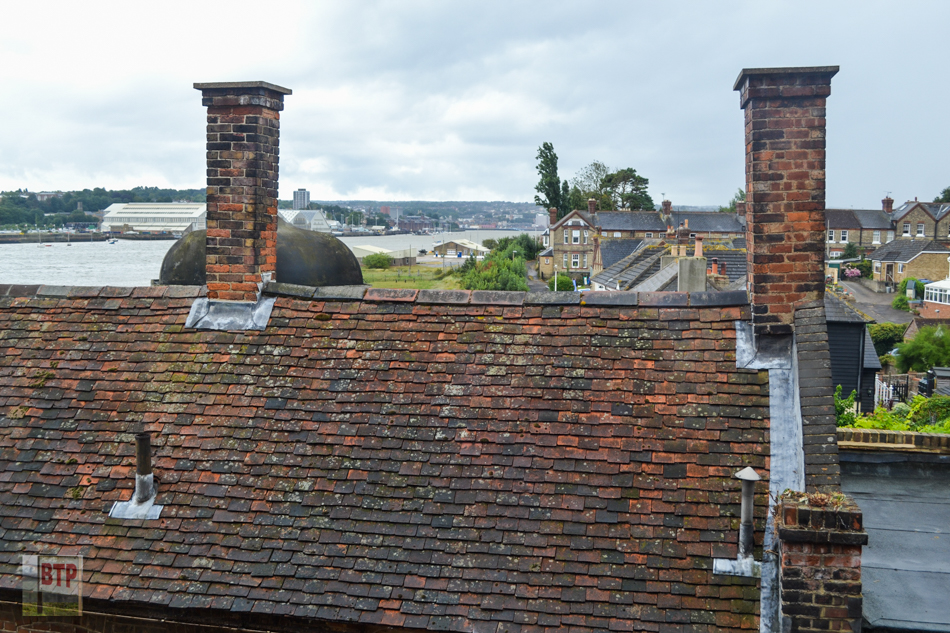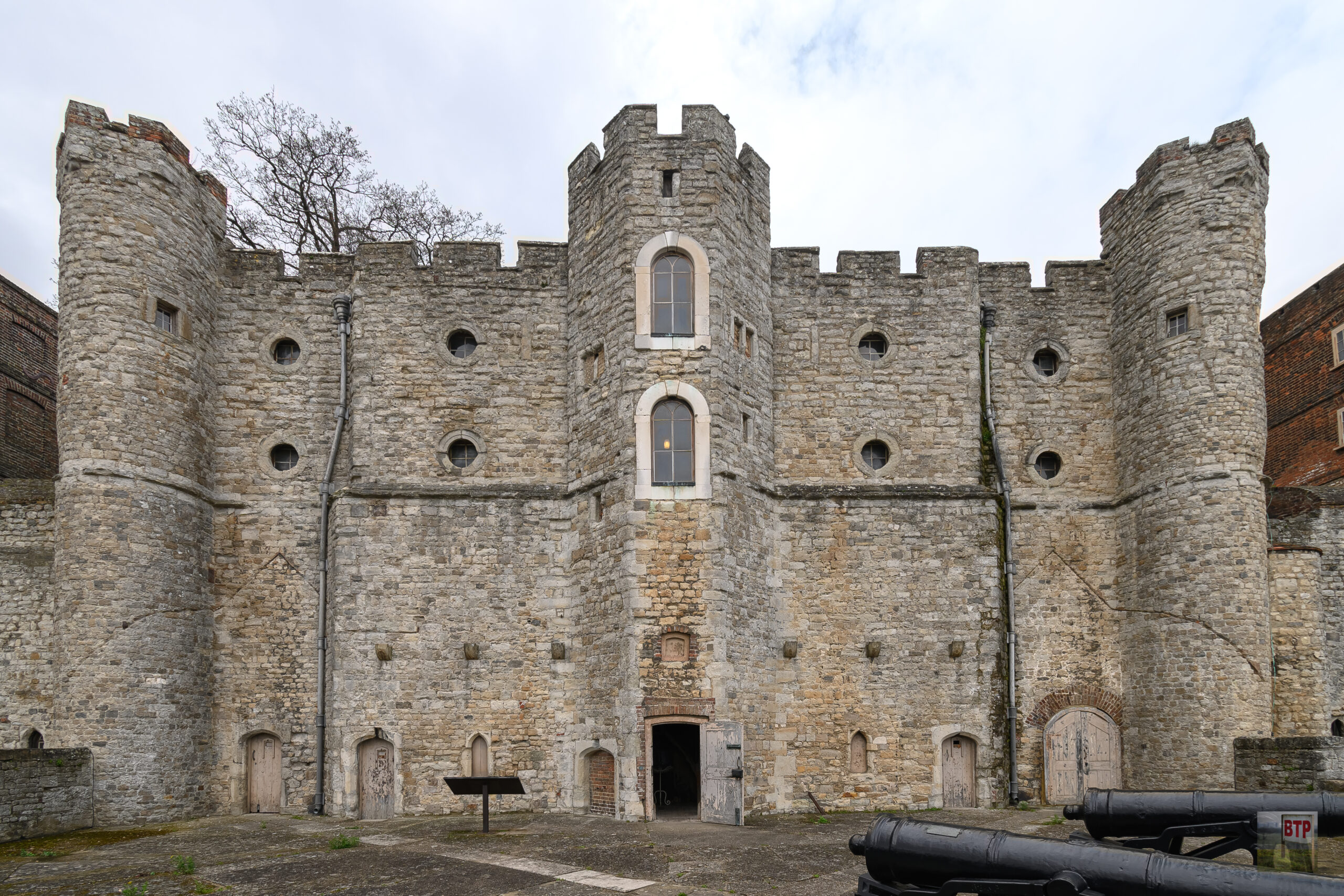
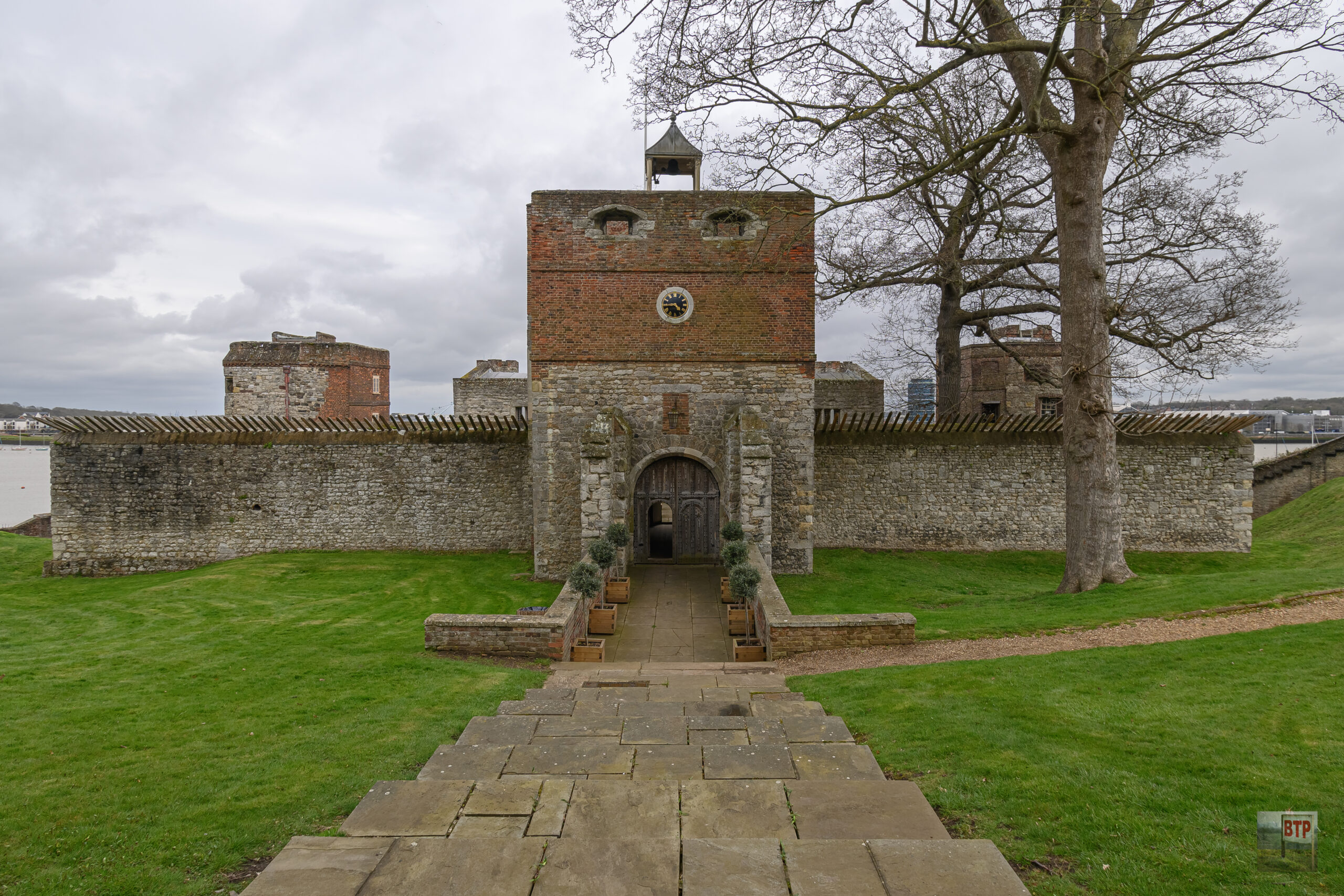
Upnor Castle is an Elizabethan artillery fort, built in 1559 protect the dockyard and Royal Navy ships docked in the Medway. Construction took 8 years to built the fort following orders from Elizabeth I, who was worried about tensions with Spain. 80 men would have been at the site as it’s peak – today it is an English Heritage museum.
The River Medway has been a strategically important point for centuries. During the reign of King Henry VIII, the Medway became a place for Royal Navy ships to anchor, when they out of commissioned or being repaired. Stripped of their sails and rigging whilst undergoing repair, storehouses and servicing facilities were built in Gillingham and Chatham, now known as Chatham Dockyard. Two medieval castles, Rochester and Queenborough, were situated along the south bank of the river, intended for land invasions and were of little use for naval defence, meaning that a new castle was needed; Upnor Castle.
Upnor Castle was commissioned in 1559. A site opposite St Mary’s Creek in Chatham was found and 6 acres of land was acquired by the Crown, possibly compulsorily purchased, for £25. Military engineer Sir Richard Lee was given the task of designing the new fort, but at the time was working on the defences of Berwick-upon-Tweed, and therefore his deputy Humphrey Locke oversaw the project.
The castle’s original appearance was significantly different to how it looks today. The arrow-shaped Water Bastion facing into the Medway and the main block behind it were part of the original design. There were also towers at either end of the water frontage with the gatehouse and moat later additions. A lot of the stone required came from nearby derelict buildings which were demolished to provide the stone. The total cost came to £4,349.
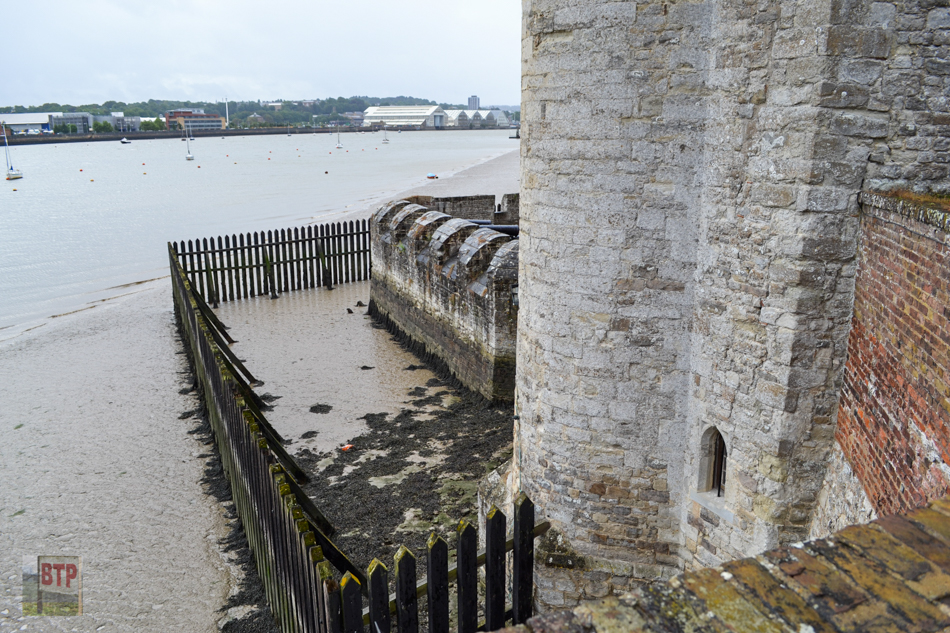
Upnor Castle was poorly manned, so following recommendations from the 1st Earl of Nottingham, 80 men were based there by 1596, each paid eight pence per day, or roughly £6 today.
Continued fears of a Spanish invasion led to the castle’s defences being strengthened between 1599–1601. An arrowhead-shaped timber palisade was installed in front of the Water Bastion to block any attempted landings there. An enclosing ditch at 10 metres wide and 5 metres deep was dug around the castle and flanking turrets were also constructed. A gatehouse and drawbridge were also built to protect the castle’s landward side. A survey conducted in 1603 recorded that Upnor Castle had 20 guns, plus another 11 around the outskirts.
Upnor Castle fell into Parliamentary control when the English Civil War broke out in 1642, and was used to detail Royalist officers. In May 1648, a Royalist uprising took place in Kent and Essex, with the royalists seizing a number of towns including Gravesend, Rochester, Dover, and Maidstone. The Royalists were defeated and the castle was restored to Parliamentary hands.
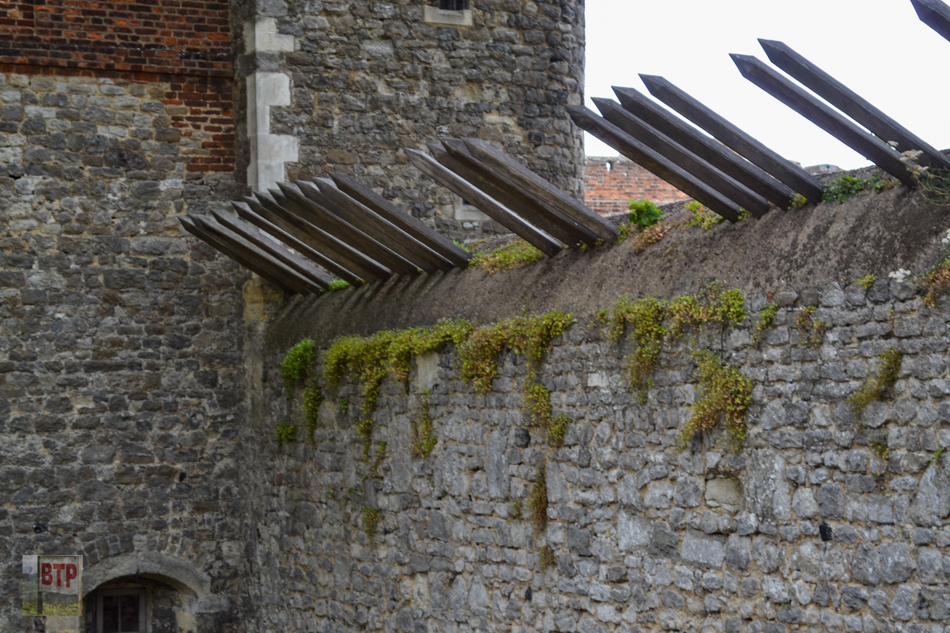
Raid on the Medway
The castle only saw action once in its history, during the Dutch Raid on the Medway in June 1667. The Dutch bombarded and captured the town of Sheerness, sailed up the Thames to Gravesend, then up the Medway towards Chatham. They made their way past the defensive chain that was supposed to guard the river, sailing past the castle and burning various ships that were docked in the Medway. HMS Royal Charles and Unity was towed away by the Dutch. While the Dutch anchored in the Medway overnight on June 12th, the Duke of Albemarle took charge of the defences along the Medway and ordered the urgent construction of an eight-gun battery next to Upnor Castle, using guns taken from Chatham. The castle’s guns, the garrison’s muskets, and the new battery were all used to bombard the Dutch ships when they attempted a second time to sail past Upnor to Chatham. The Dutch were able to burn some more ships in the anchorage, but they were unable to make further progress and had to withdraw. The outcome of the raid has been described as “the worst naval defeat England has ever sustained.” Despite its inability to prevent the raid, and the dedication of its garrison was praised.
Samuel Pepys, noted in his diary that the castle’s garrison were poorly provisioned:
I do not see that Upnor Castle hath received any hurt by them though they played long against it; and they themselves shot till they had hardly a gun left upon the carriages, so badly provided they were.
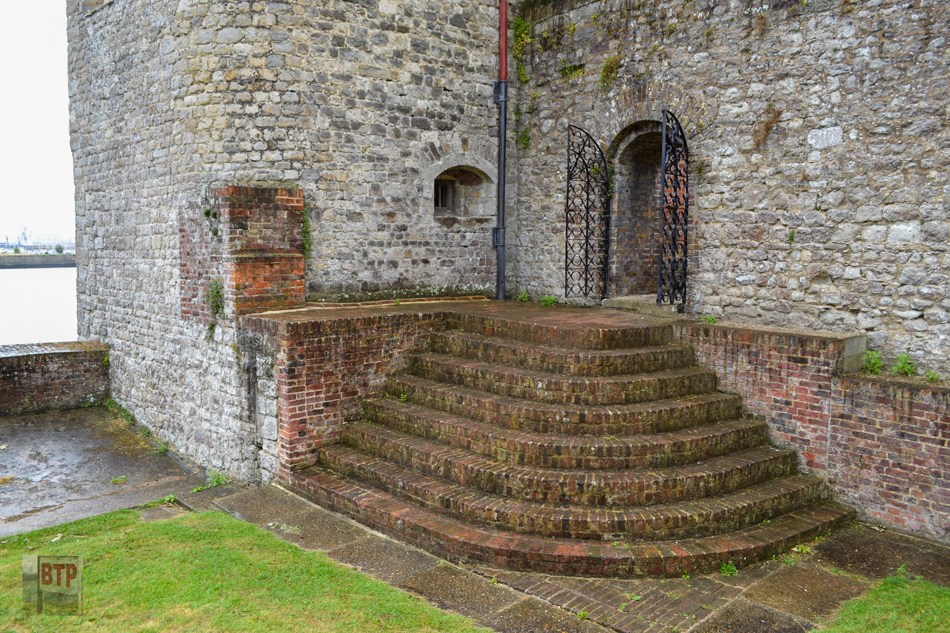
Magazine and Naval Facility
Upnor Castle had been neglected but the Government ordered for it to be maintained as a place of strength, making the end of its use as a fort. New and more powerful forts were built making Upnor redundant. In 1668 it was converted into stores and magazines with the purpose of supplying munitions to naval warships anchored in the Medway. Guns and ammunition were stored in great quantities within the castle, which saw its floors reinforced to be able to support the weight. By 1691, it was England’s leading magazine, with 164 iron guns, 62 standing carriages, 100 ships’ carriages, 7,125 pieces of iron shot, over 200 muskets of various types, 77 pikes, and 5,206 barrels of powder. This was considerably more than was held at the next largest magazine, the Tower of London.
After 1827, it was converted into an Ordnance Magazine. No gunpowder or explosives were stored there after 1840. It was linked to nearby Chattenden Barracks and in 1891, came under the full control of the Admiralty. It became a Royal Naval Armaments Depot (RNAD), used as a proof yard for testing firearms and explosives. During the Second World War, the castle was still in service as part of the Magazine Establishment and was damaged by two enemy bombs which fell in 1941. The bombing dislodged pieces of plaster in the castle’s south tower and gatehouse, which revealed undiscovered graffiti, including a drawing of a ship dated to around 1700. Following the end of the war, the Admiralty gave approval for Upnor Castle to be used as a museum. It was scheduled as an Ancient Monument in January 1960 and is currently managed by English Heritage.
